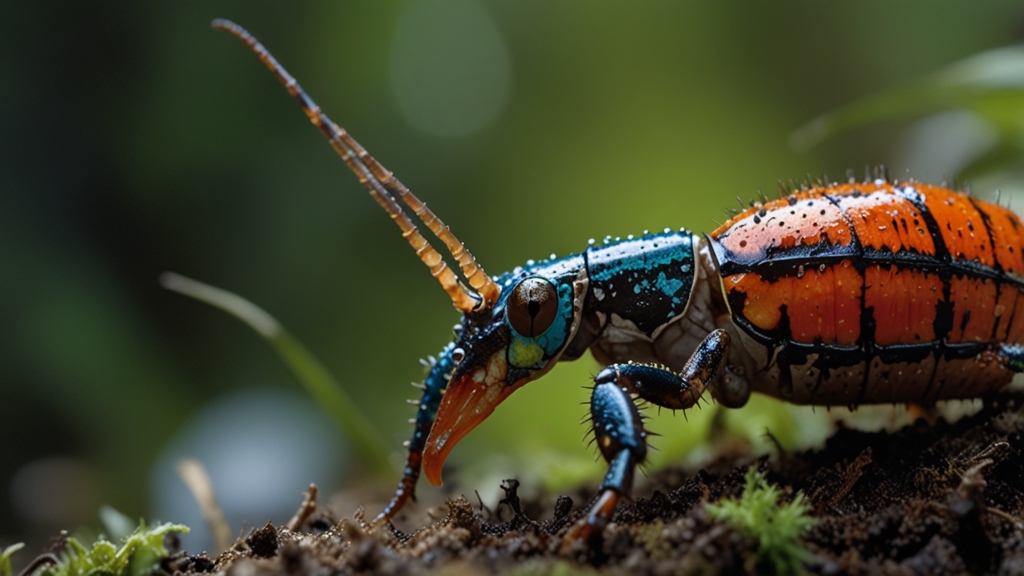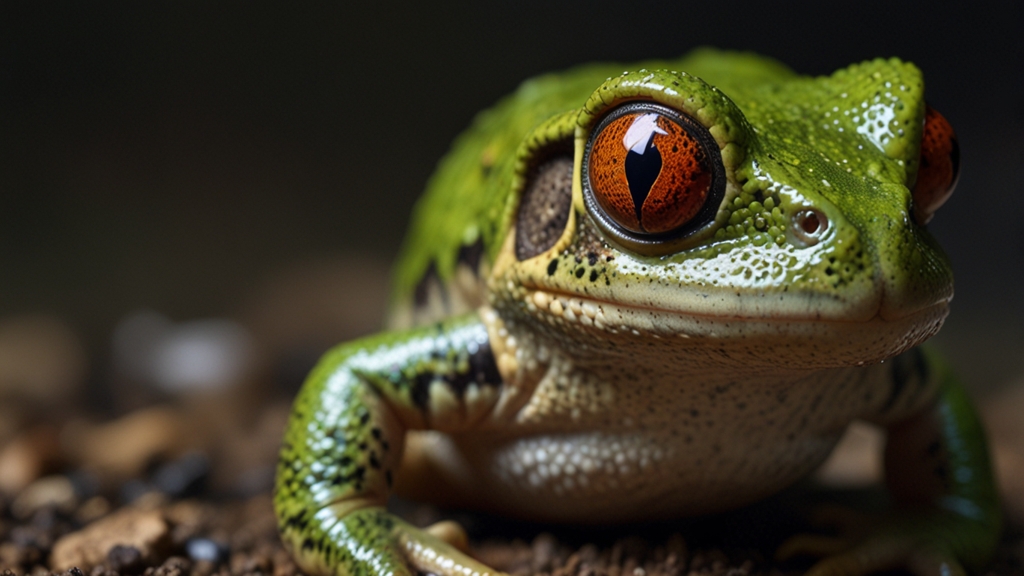Symbiosis: How Organisms Collaborate for Survival
Nature is a complex web of interactions, where competition and cooperation shape the destinies of organisms. Among these intricate relationships, symbiosis stands out as a quintessential example of collaboration. Symbiosis, derived from the Greek words "syn" (together) and "bios" (life), describes the phenomenon where different species live in close association for mutual benefit. This relationship is essential for the survival of many species and can take various forms, including mutualism, commensalism, and parasitism.
Types of Symbiosis
Symbiotic relationships can be broadly categorized into three main types:
1. Mutualism
In mutualistic relationships, both participating species benefit from the interaction. This kind of symbiosis is crucial for the survival and prosperity of both organisms. A classic example is the relationship between bees and flowering plants. Bees collect nectar and pollen from flowers to produce food, while flowers rely on bees for pollination, ensuring their reproduction and survival.
"The bee's life depends on the flower, and the flower's life depends on the bee's diligent efforts." - Anon
Another fascinating case of mutualism is found in the ocean, between clownfish and sea anemones. Clownfish reside within the tentacles of sea anemones, gaining protection from predators due to the anemones' stinging cells. In return, clownfish provide anemones with food and help to clean their tentacles.
2. Commensalism
Commensalism occurs when one species benefits from the relationship, while the other remains largely unaffected. This type of symbiosis can often go unnoticed due to its subtlety. An illustrative example is the relationship between barnacles and whales. Barnacles attach themselves to the skin of whales, gaining a free ride through nutrient-rich waters, while the whale remains unaffected by their presence.
"In the vast ocean, the barnacle’s journey is simplified by hitching a ride on the whale, yet the whale doesn’t even notice its tiny passenger." - Marine Biologist
Similarly, epiphytic plants like orchids often grow on the branches of large trees in tropical forests. They gain access to sunlight and air without harming the host tree, making this a prime example of commensalism.
3. Parasitism
In parasitic relationships, one organism benefits at the expense of the other. Although this type of symbiosis may appear harmful, it plays a significant role in controlling population dynamics and promoting biodiversity. A notorious example of parasitism is the relationship between ticks and mammals. Ticks feed on the blood of their hosts, potentially transmitting diseases, which can have serious health implications for the mammal.
Despite its negative connotations, parasitism can lead to adaptations and evolutionary changes in both the parasite and the host, demonstrating its complexity and importance in the natural world.
The Importance of Symbiosis in Ecosystems
Symbiotic relationships are fundamental to the balance and stability of ecosystems. They enhance biodiversity by allowing species to carve out ecological niches and coexist in otherwise competitive environments. Symbiosis also contributes to nutrient cycling, energy flow, and the resilience of ecosystems to disturbances.
For example, the coral reefs, often referred to as the "rainforests of the sea," rely heavily on mutualistic relationships between coral polyps and zooxanthellae algae. The algae live within the coral tissues, providing the corals with energy through photosynthesis, while the corals offer the algae protection and access to sunlight. This collaboration is critical for the health and productivity of coral reef ecosystems.
Conclusion
Symbiosis is a remarkable example of how cooperation can drive the survival and success of organisms in nature. Whether through mutualism, commensalism, or parasitism, these associations illustrate the interconnectedness of life on Earth. By studying and understanding these relationships, we gain insights into the complexity and harmony of natural ecosystems, reminding us of the delicate balance that sustains our planet.











